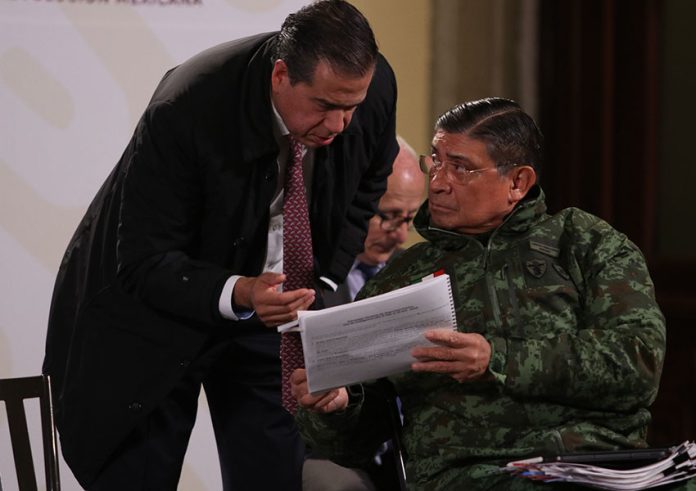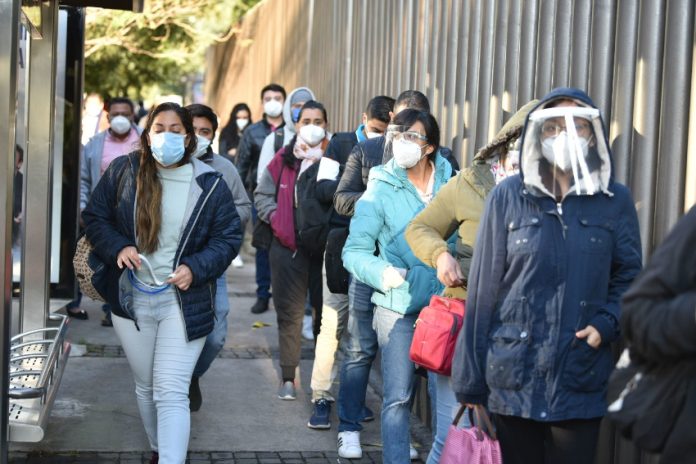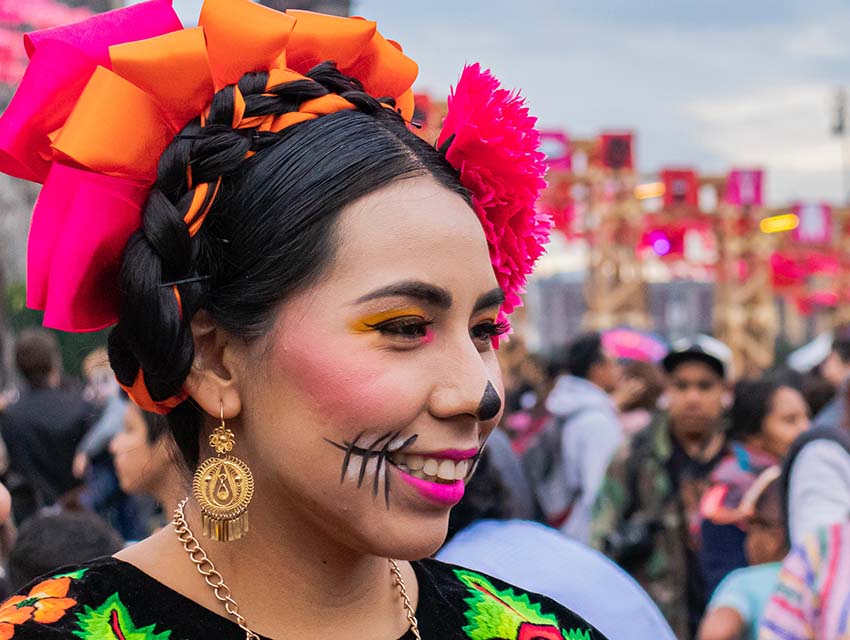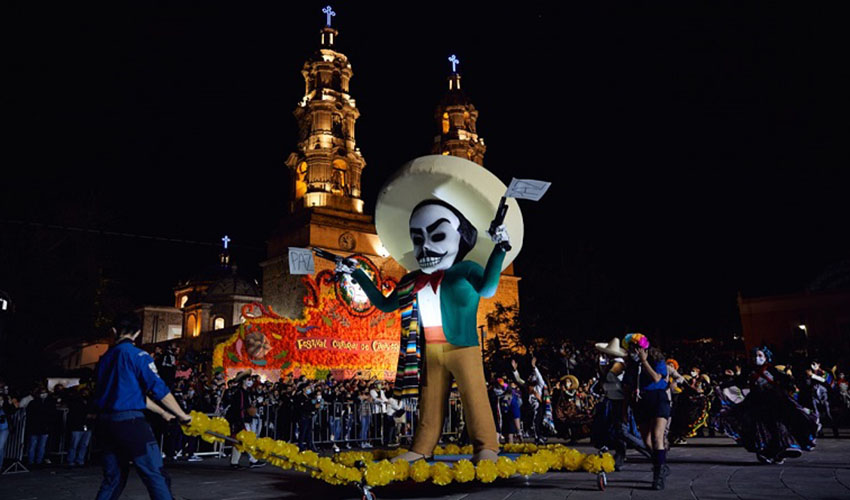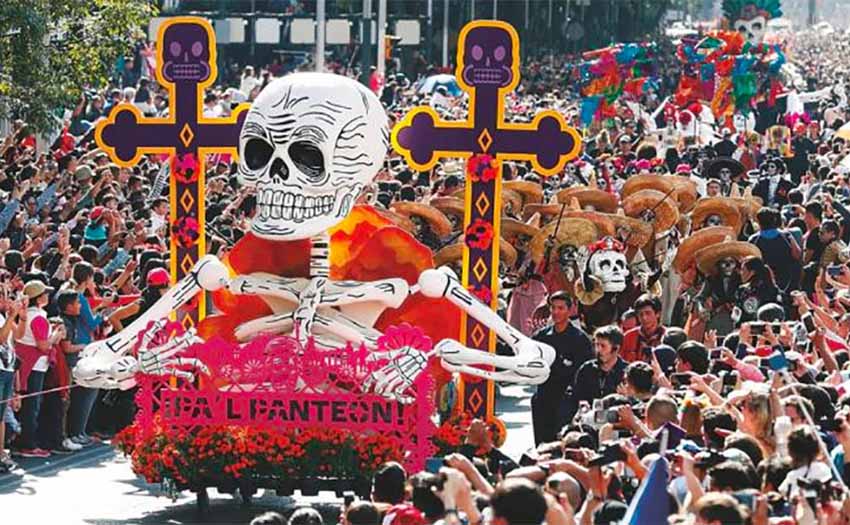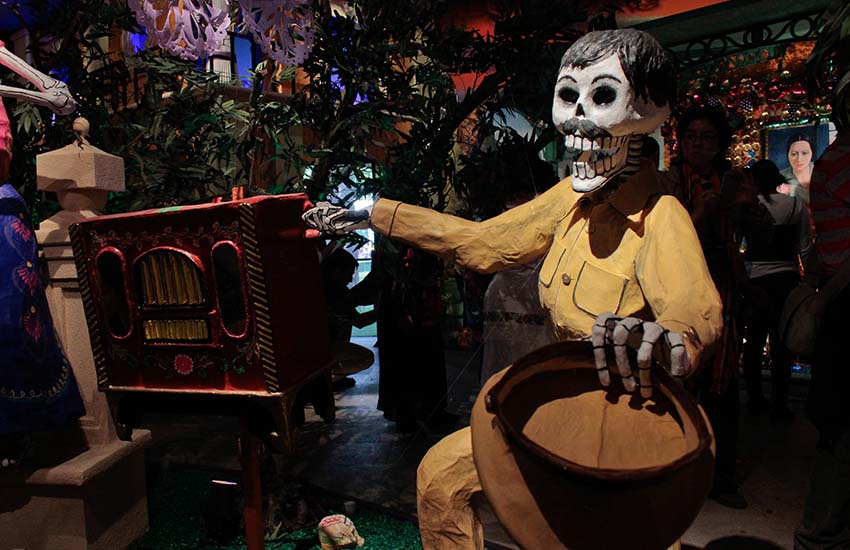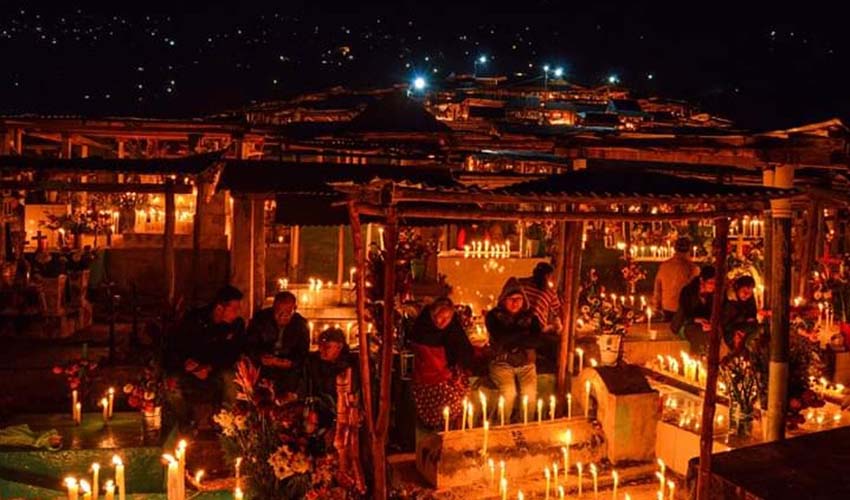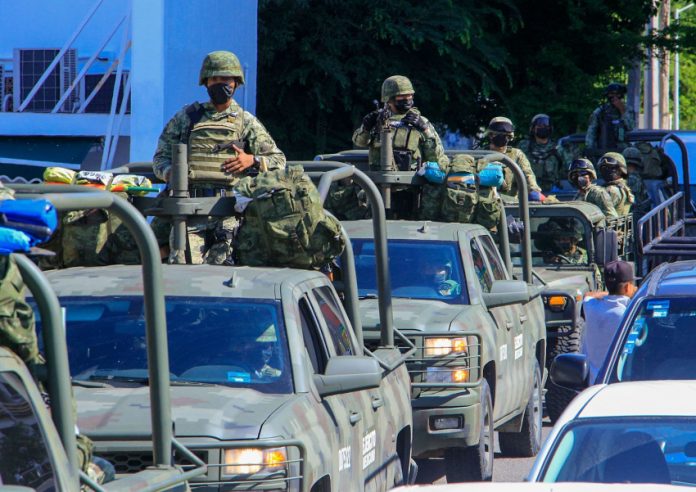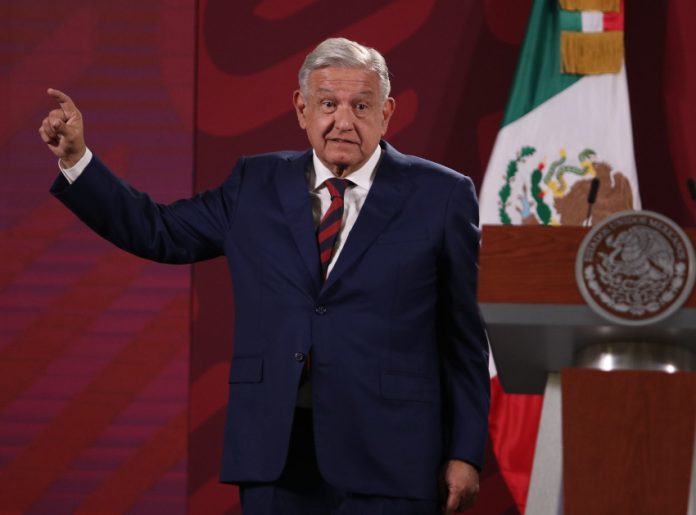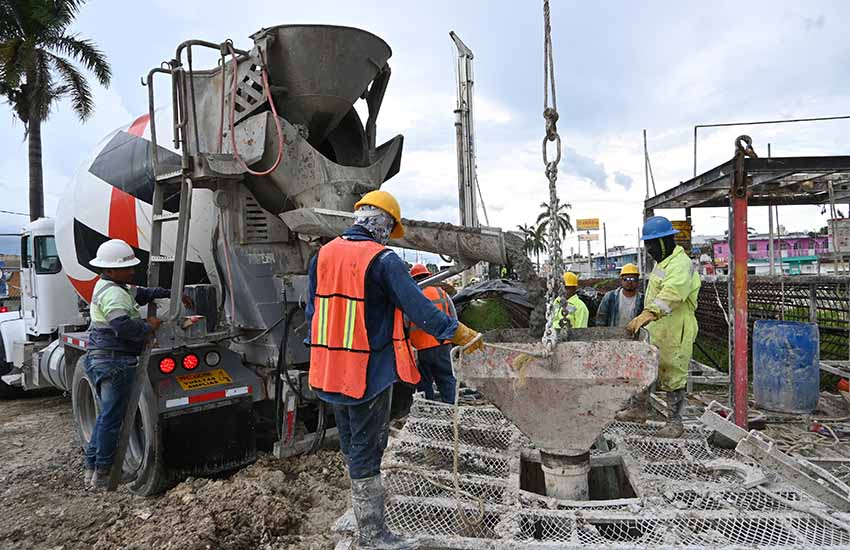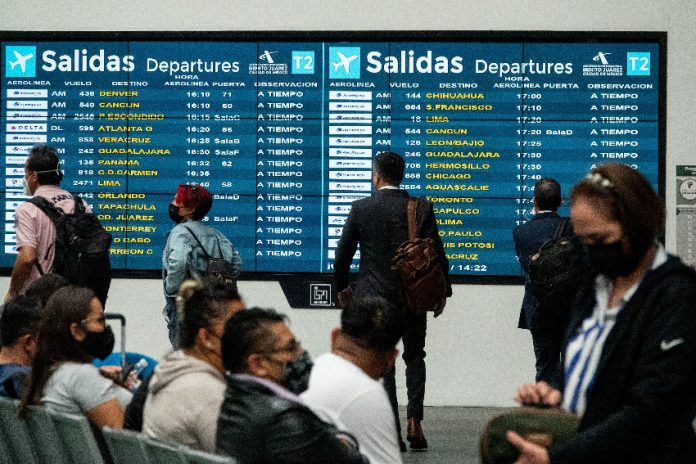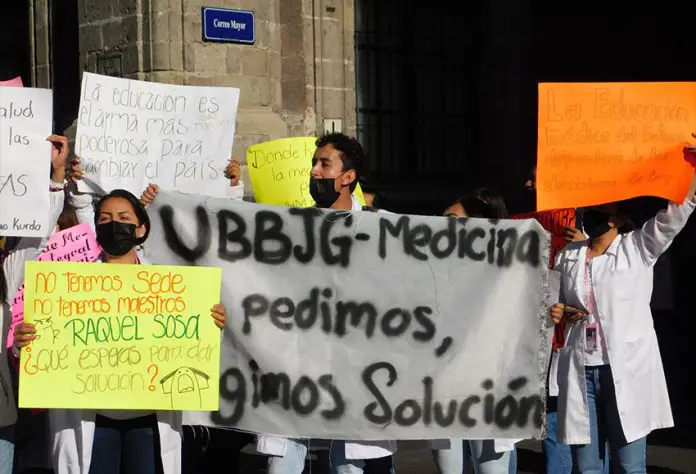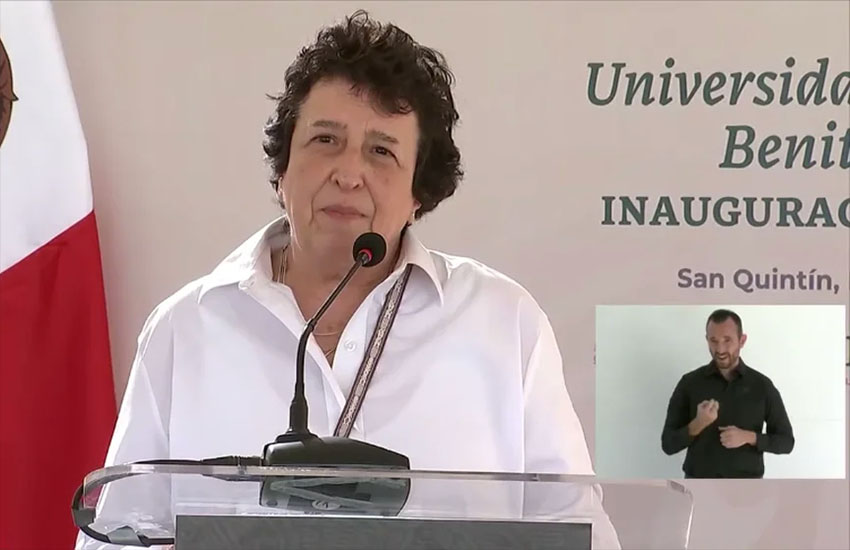A planned meeting between lawmakers and the Minister of National Defense to discuss a recent hacking incident was canceled because the latter received a “disrespectful” letter from one of the
former, Interior Minister Adán Augusto López said Monday.
López said that the meeting between members of the lower house of Congress’ National Defense Committee and Luis Cresencio Sandoval scheduled for Tuesday October 18 was scrapped due to a letter sent to the army chief by a deputy with the Citizens Movement (MC) party, Sergio Barrera.
The interior minister said that lawmakers and Sandoval were slated to analyze the need to increase he budget of the Ministry of National Defense (Sedena) as part of efforts to avoid future hacking events such as that in which the Guacamaya hacking group stole a massive quantity of emails and documents from Sedena’s IT system.
Speaking at a meeting with Mexico City lawmakers, López said that the defense minister agreed to the meeting but asked that it be held at Sedena offices rather than the Congress. The lawmakers agreed and a date was set, he added.
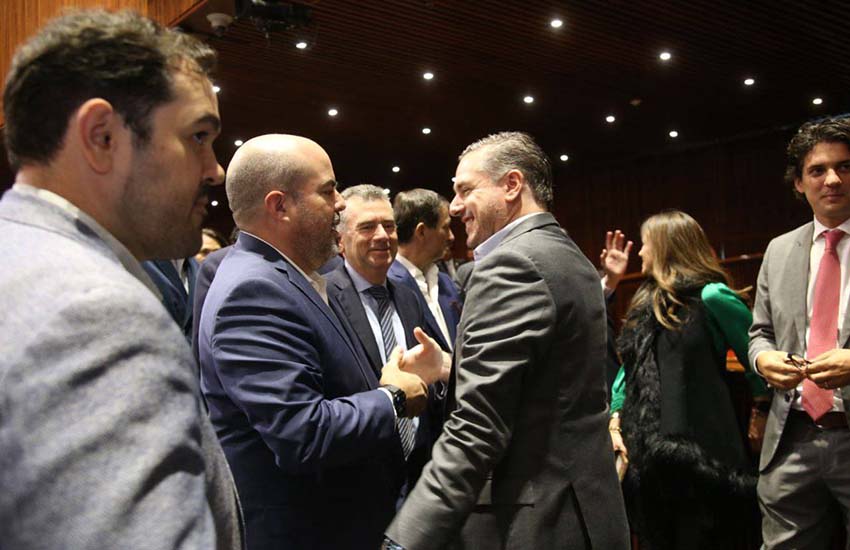
However, Barrera – secretary of the National Defense Committee – subsequently sent a letter to Sandoval saying that he wouldn’t go to the Sedena offices under any circumstances, the interior minister claimed.
“What has been suggested – that the defense minister didn’t want to be accountable [for the hacking incident] isn’t exactly true,” López said.
He said that Barrera’s letter set out his opposition to going to Sandoval’s workplace in “disrespectful” terms and that as a result, the meeting will not go ahead.
The MC deputy posted the letter in question to his Twitter account Monday afternoon, saying that citizens could consequently form their own opinion about it.
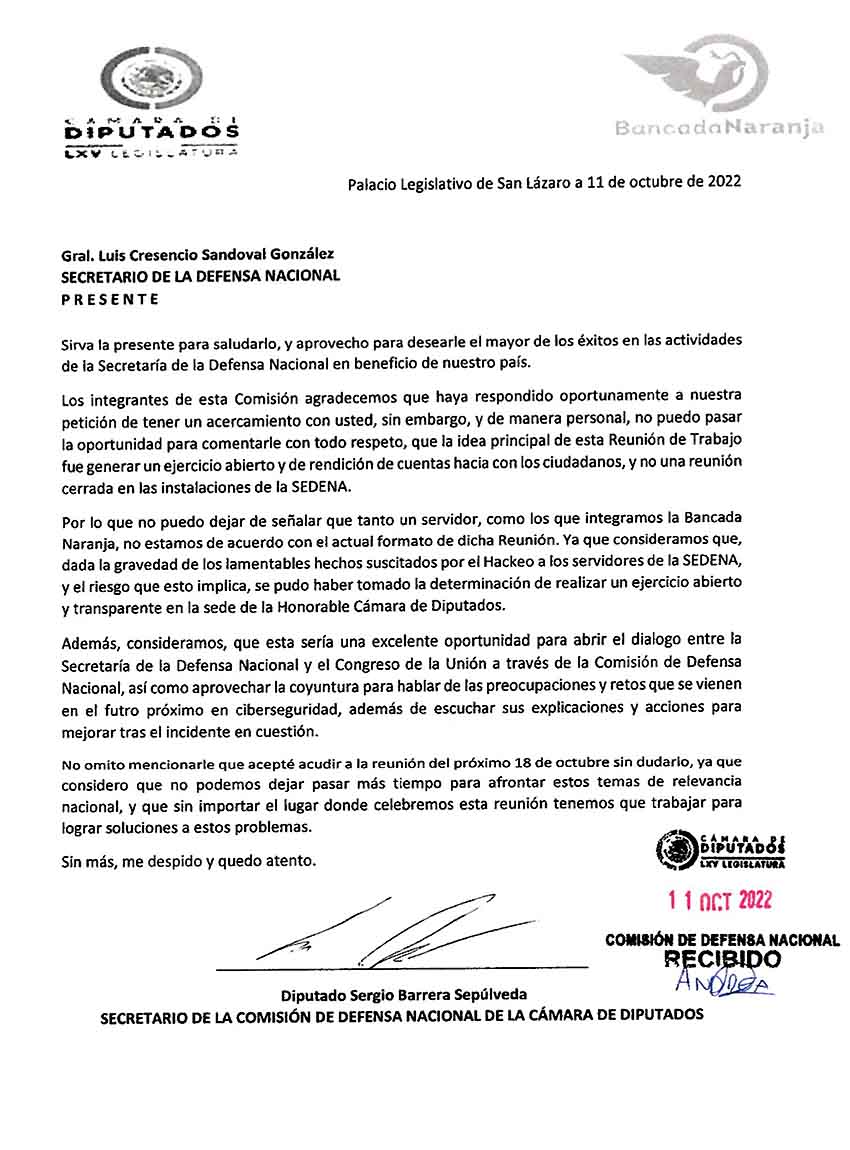
“The members of this committee are grateful that you have responded in a timely manner to our request to have a meeting with you but, on a personal note, I can’t let the opportunity pass to say to you with complete respect that the main idea of this work meeting was to … [have] an open exercise that is accountable to citizens,” Barrera wrote in his October 11 missive to Sandoval.
The objective wasn’t to hold “a closed meeting” at Sedena offices, he added.
Barrera wrote that he and other MC deputies didn’t agree with the “format” of the planned meeting because they believe that an “open and transparent” exercise in the Chamber of Deputies is needed “given the seriousness of the regrettable events caused by the hacking of Sedena servers and the risk that implies.”
Despite his opposition to the meeting being held at Sedena offices, the deputy said he “agreed to go … without hesitation because I believe we can’t allow more time to pass … [without] tackling these issues of national importance.”
“No matter the place where we hold this meeting we have to work to find solutions to these [cybersecurity] problems,” Barrera wrote.
His letter contradicts López’s claim that he refused to go to Sedena’s offices.
The media has recently obtained and reported on a wide range of emails and documents stolen by Guacamaya, which extracted six terabytes of data from Sedena computers.
There have been reports about President López Obrador’s health problems, the government’s plan to create an army-run commercial airline, a soldier’s sale of weapons to a criminal organization and the Mexican military’s planning and operational shortcomings, among other revelations.
With reports from El Financiero
